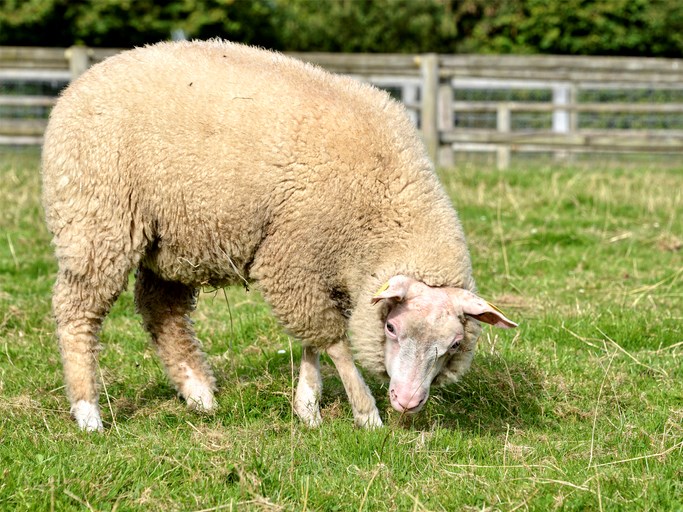YORKTON - The other day a press release popped up in the email amid the dozens daily which caught my eye.
Marie-Claude Bibeau the Federal Minister of Agriculture and Agri-Food had announced an investment of $495,000 for the Canadian Centre for Swine Improvement (CCSI) to enable stakeholders to work together to increase innovation and resiliency in Canada’s sheep and goat industries.
That release was followed closely by another where Bibeau announced an investment of nearly $150,000 for the Canadian Wool Council to help build a more sustainable wool industry in Canada and spread awareness of the beneficial qualities of Canadian wool.
It wasn’t the actual dollar amount that drew my attention, even at near $650,000 the investment is hardly massive in today’s world, but rather that the sheep and goat sector is garnering even modest attention in terms of government funding.
The sheep industry in particular has long been looked at by some as a farm sector with untapped potential in this country. When I say ‘long’ it is a reference to decades not years, dating back to when I was still on a farm with a few sheep which never made us much money but were tasty to eat – the lambs at least.
However, eating lamb is not exactly ingrained in most Canadians, and for those wanting to put lamb on the supper table finding domestically raised product was often a sporadic thing with the source of a lot of supermarket lamb being New Zealand.
It has long been a case of trying to build a year-round production system to potentially grow the market for domestic lamb which has always been easier said than accomplished.
On the production side you need year-round lambing, not so easily attained or managed, and then you need processing capacity.
When it comes to processing we learned during the BSE crisis that much of that capacity had been lost to the United States, leaving Canada in a bind at the time to process beef, and beef is a far larger sector than sheep and goats.
Certainly the market today is likely more buoyant based on recent immigration from countries where lamb and goat are more often on the menu, but the same general challenges would seem to remain as decades ago.
The same can be said for the wool sector.
The press release noted, “environmental awareness has led consumers to be more particular about where they shop and what they buy, creating new opportunities for natural, sustainable and durable products. Developing Canada's wool industry will provide consumers at home and in international markets with a greater variety of sustainably produced products.”
That may be said, but Canadian sheep producers have generally raised breeds for meat, not wool, and that has created challenges for where to market the wool at a reasonable return.
The new federal dollars have a lot of hurdles to squash for the sheep and goat sector to take the steps many have long thought it could.

